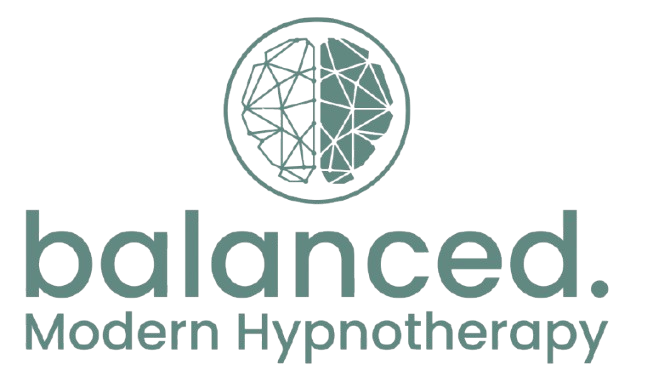09 Jun What is NLP? Natural language processing explained
What is natural language processing NLP? Definition, examples, techniques and applications
For example, suppose a dataset has language that assigns certain roles to men, such as computer programmers or doctors but assigns roles, like homemaker or nurse, to women. In that case, the AI program will implicitly apply those terms to men and women when communicating in real time. Therefore, stereotypes existing within the data set can lead to algorithms having language that applies unfair stereotypes based on race, gender, and sexual preference. Another issue is ownership of content—especially when copyrighted material is fed into the deep learning model.
- In Listing 11 we load the model and use it to instantiate a NameFinderME object, which we then use to get an array of names, modeled as span objects.
- 250 years later, and we’re finally able to meet the reality of what those inventors dreamed of.
- Political bias is another real concern for natural language processing programs that may lead to the impression of information based on the political preference of the data set used to train the AI.
- The end result is insights and analysis that would otherwise either be impossible or take far too long.
- Natural language is used by financial institutions, insurance companies and others to extract elements and analyze documents, data, claims and other text-based resources.
- Voice assistants such as Siri and Alexa also kick into gear when they hear phrases like “Hey, Alexa.” That’s why critics say these programs are always listening; if they weren’t, they’d never know when you need them.
For a more simple scenario, you can just download an existing model and apply it to the task at hand. NLP is set to continue being one of the main ‘go-to’ AI technologies for marketers, with applications ranging from trend identification and summarization, content and ad generation, and conversational lead capture. For example, Alibaba has introduced an AI copywriter that undertakes much of the drudge work of creating effective product descriptions.
The number of people who are comfortable typing has always been a barrier to access when it comes to digital services. Voice search has become increasingly popular in recent years, from smartphones powered by Siri and Google Assistant to the advent of ‘voice-only’ speaker systems like Alexa. Every day, humans say thousands of words that other humans interpret to do countless things.
Listing 11. Name finding with OpenNLP
The reason I’ve chosen to focus on this technology instead of something like, say, AI for math-based analysis, is the increasingly large application for NLP. It’s no surprise then that businesses of all sizes are taking note of large companies’ success with AI and jumping on board. Some forms of artificial intelligence are more useful than others. Read below to discover other controversies and concerns regarding natural language processing. EWeek has the latest technology news and analysis, buying guides, and product reviews for IT professionals and technology buyers. The site’s focus is on innovative solutions and covering in-depth technical content.
Language detection with OpenNLP
Examples in Listing 13 included NOUN, ADP (which stands for adposition) and PUNCT (for punctuation). We can access the array of tokens, the words “human events,” and the following comma, and each occupies an element. Now, let’s modify an existing file to what you see in Listing 4.
Best AI Data Analytics Software &…
The systems try to break each word down into its part of speech (noun, verb, etc.). I might not touch on every technical definition, but what follows is the easiest way to understand how natural language processing works. NLP is an emerging technology that drives many forms of AI you’re used to seeing.
The site would then deliver highly customized suggestions and recommendations, based on data from past trips and saved preferences. As organizations shift to virtual meetings on Zoom and Microsoft Teams, there’s often a need for a transcript of the conversation. Services such as Otter and Rev deliver highly accurate transcripts—and they’re often able to understand foreign accents better than humans.
Natural language processing software
It’s estimated that more than half of the online searches will use voice in a year or two, making voice an essential platform for the marketers of tomorrow. It’s rare to find a website that doesn’t have a pop-up chat box on the home page offering to assist you. You can even ‘hand build’ a chatbot in Facebook Messenger to act as an autoresponder. Platforms like Drift and Intercom are typical, offering automated response platforms that can also gather information about your visitors.
NLP Business Use Cases
This tool is particularly popular among foreign companies that leverage this AI copywriter to create product descriptions in Chinese. Another use case for NLP in marketing lies in the area of relevant news aggregation. The state-of-the-art text summarization approaches enable marketers to extract relevant content about their brand from online news, articles, and other data sources. Currently, 65% of year olds speak to their smart devices at least once per day.
Today, I’m touching on something called natural language processing (NLP). It’s a form of artificial intelligence that focuses on analyzing the human language to draw insights, create advertisements, help you text (yes, really) and more. Marketers and others increasingly rely on NLP to deliver market intelligence and sentiment trends. Semantic engines scrape content from blogs, news sites, social media sources and other sites in order to detect trends, attitudes and actual behaviors.
An NLP algorithm uses this data to find patterns and extrapolate what comes next. These days, NLP has gone far beyond being merely a better input method. The latest research breakthroughs enable machine learning algorithms to understand, assess, and even synthesize text and voice in unprecedented new ways. Given that marketing is heavily reliant on words to convey messages about people and products, it’s not surprising that NLP has carved out a large niche in marketing technology. As machine learning technology continues to shock the world, popular artificial intelligence tools such as natural language processing may generate unforeseen issues for humanity.
For now, business leaders should follow the natural language processing space—and continue to explore how the technology can improve products, tools, systems and services. The ability for humans to interact with machines on their own terms simplifies many tasks. Now that algorithms can provide useful assistance and demonstrate basic competency, AI scientists are concentrating on improving understanding and adding more ability to tackle sentences with greater complexity. Some of this insight comes from creating more complex collections of rules and subrules to better capture human grammar and diction. Lately, though, the emphasis is on using machine learning algorithms on large datasets to capture more statistical details on how words might be used. As mentioned above, natural language processing is a form of artificial intelligence that analyzes the human language.




No Comments